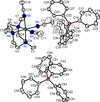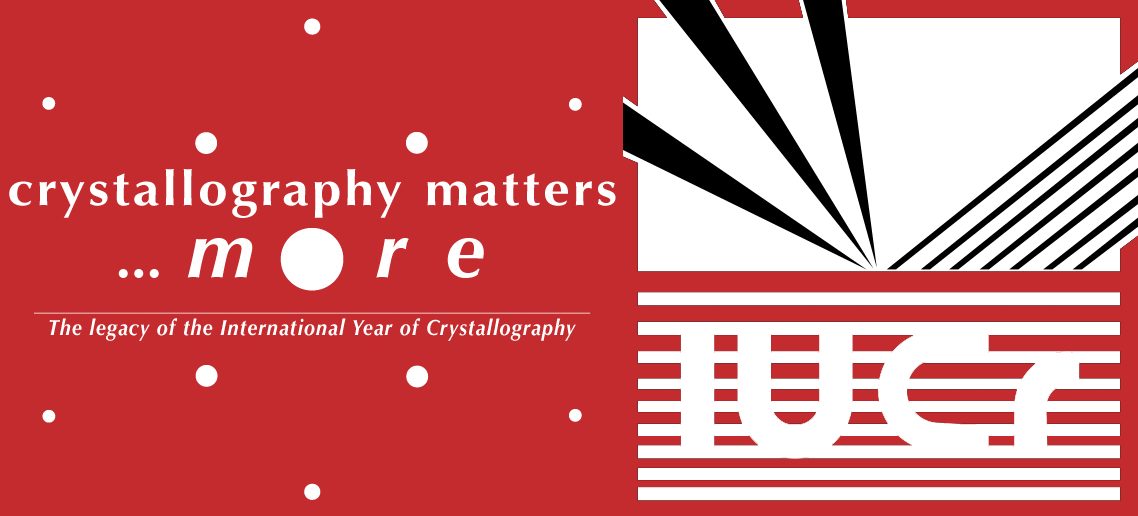issue contents
June 2024 issue

Cover illustration: The relationship between the structural variations of iron porphyrins and the functional diversity of hemoproteins has been investigated extensively. As an exemplar porphyrin model, the molecular structure of the ‘picket-fence’ porphyrin has been thoroughly investigated and several analogues of picket-fence compounds have been synthesized. In this study, the terminal tert-butyl group was replaced with a 7-quinoline group and the crystal structure determined. In chlorido[5,10,15,20-tetrakis(quinoline-7-carboxamido)porphinato]iron(III), the porphyrin macrocycle shows a characteristic ruffled-shape distortion. The central FeIII cation (site symmetry 2) is coordinated in a fivefold manner, with four pyrrole N atoms of the porphyrin core in the basal sites and one Cl atom (site symmetry 2) in the apical position. See: Yang, Zhang & Chu [IUCrData (2024). 8, x240496]
metal-organic compounds


 access
access

 access
access

 access
access

 access
access

 access
access

 access
accessorganic compounds


 access
access

 access
access

 access
access

 access
access
 journal menu
journal menu





















![[publCIF]](/logos/authorchecklist11.gif)





